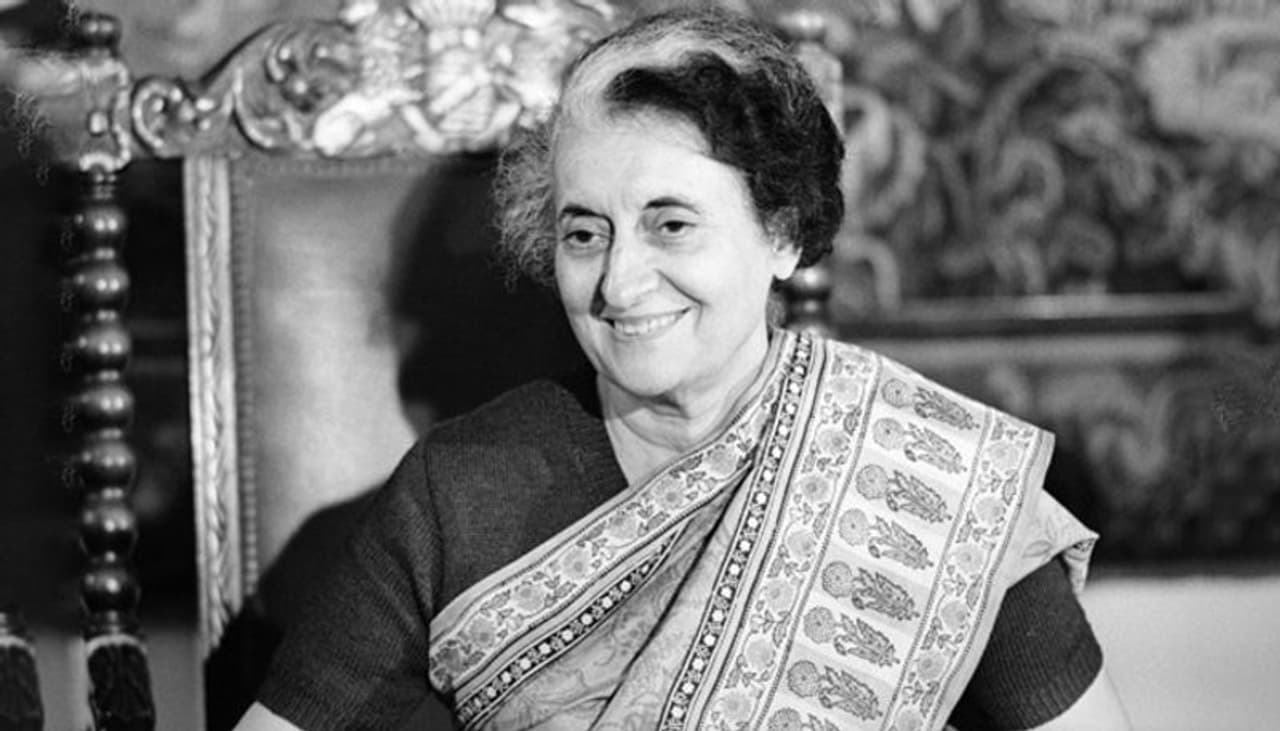Every Indian hangs his head in shame over Emergency, which refers to the darkest days in Indian democracy as the then PM Indira Gandhi imposed it. We give you a lowdown on what happened on that particular day.
Bengaluru: It all began at 3.30 pm, when the doors of Justice Krishna Iyer’s chambers opened. He had got cyclostyled a number of copies of his judgement, which contained twenty-three cyclostyled pages each.
Also Read: Congress has a history of muzzling freedom of press and fundamental rights
The judge read out the operative portion of the order. In the said order, though he had observed that the merits of the appeal could be gone into only at the time of the hearing of the appeal, he also observed that he had hesitated to prolong the “absolute stay” granted by the Allahabad High Court as the High Court’s finding, until overruled, held good.
Also Read: When Indira Gandhi government tortured RSS workers
Even though the office of the prime minister was not involved in the election petition filed by Indira Gandhi, nevertheless the learned judge gave an elaborate order and held that she could still continue in the office of the prime minister. However, she could not participate in the parliamentary proceedings as an MP but as the prime minister, she could speak in Parliament (without a right to vote).
This order created a great complication.
A decisive resolution
JP Goyal received a telephone call from Raj Narain from his residence in Delhi on 8, Dr Bishambar Das Marg. He asked him to bring the order and explain the same to the political leaders who had gathered at that time in Delhi at Morarji Desai’s house at 5, Dupleix Road.
He went to Raj Narain’s residence and from there they went to Morarji Desai’s place. Jayaprakash Narayan and Morarji Desai were sitting together. Goyal read out the relevant portions of the order to the leaders of the Opposition gathered there. Piloo Mody thereafter asked Goyal to accompany him to a room, where Asoka Mehta, LK Advani, Piloo Mody and Goyal drafted the resolution that was to be released to the press by the Coordination Committee of five Opposition parties, namely the Congress (O), the Bharatiya Lok Dal, the Jana Sangh, the Socialist Party and the Akali Dal.
The salient features of that resolution were that Indira Gandhi had not got a full stay order from the Supreme Court and under the circumstances she could not remain the prime minister. She was found to be guilty of corrupt practices, and even Justice Krishna Iyer in his order had indirectly brought up the issue of political propriety and democratic dharma, saying that it would be better to observe judicial silence on it.

It was pointed out that the principles and practice in democratic countries had been that if a person was under a cloud of suspicion, then he or she must vacate the office held by him or her. By the said resolution, a sort of advice was given to Smt Indira Gandhi that she should quit the high office of the prime minister. The said resolution was published in the newspapers of 25 June 1975.
In the evening of 25 June 1975, there was a large meeting at New Delhi’s Ramlila Maidan, which was addressed by Jayaprakash Narayan and other leaders. In that meeting, Jayaprakash Narayan declared that if Indira Gandhi did not quit the office of the prime minister with grace, the Coordination Committee would be compelled to undertake a peaceful satyagraha against her continuance in that office. Shri Raj Narain also addressed the meeting, which ended at about 9 pm.
Raj Narain went to his residence thereafter. From there, he telephoned Goyal and requested him to come to his residence, where he wanted to talk to him on many issues. He reached there at about 10–10.30 pm. They discussed many connected issues, political as well as about the case and sat together till about midnight.
Goyal wanted to leave but Raj Narain said that it was not proper for him to go at that late hour. He said that some foul play may be done by the other side if he went out at that odd hour as he was appearing for him in the case and the other side could not be relied upon. Under these circumstances, he was asked by Raj Narain to spend the night at his residence and so he did.
The proclamation
At about 3 am, they were woken up by Urmilesh Jha who the former secretary to Dr Ram Manohar Lohia and was at that time working as a secretary to Raj Narain.
He told them that the entire house was surrounded by the police and that Jayaprakash Narayan had been arrested at the Gandhi Peace Foundation. A warrant was served on Raj Narain. It was under Section 3 of the Maintenance of Internal Security Act, 1971 (MISA) and signed by Shri Sushil Kumar, District Magistrate (DM), Delhi.
The receiver of Shri Raj Narain’s telephone was put off the hook. Urmilesh Jha told Goyal later that KS Radhakrishna, Secretary of the Gandhi Peace Foundation, had told him over the phone that Jayaprakash Narayan had been arrested.
Raj Narain had his bath and packed some books to take along with him. In the early hours of the morning, he was taken away in a car by the police in my presence. After he left, T Lakshmi Kantamma, an MP, who was later a member of the Working Committee of the Janata Party, arrived at Raj Narain’s residence. Era Sezhiyan, who was the leader of the Dravida Munnetra Kazhagam (DMK) in the Lok Sabha at that time and who was living in the neighbourhood, also arrived there. They both enquired about all that had happened.
The Statesman and The Hindustan Times, Delhi’s two leading newspapers at the time, somehow appeared the next day, though other papers could not appear. The main news was that the President of India had declared National Emergency on account of internal disturbances under Article 352 of the Constitution of India.
Indira Gandhi, according to democratic norms, should have vacated the office she was holding, she had done this mischief merely to keep herself in office. Democracy was finished in this country, and that she ought to have resigned on the day when she was found to have committed corrupt practices by Justice JML Sinha on 12 June 1975.
